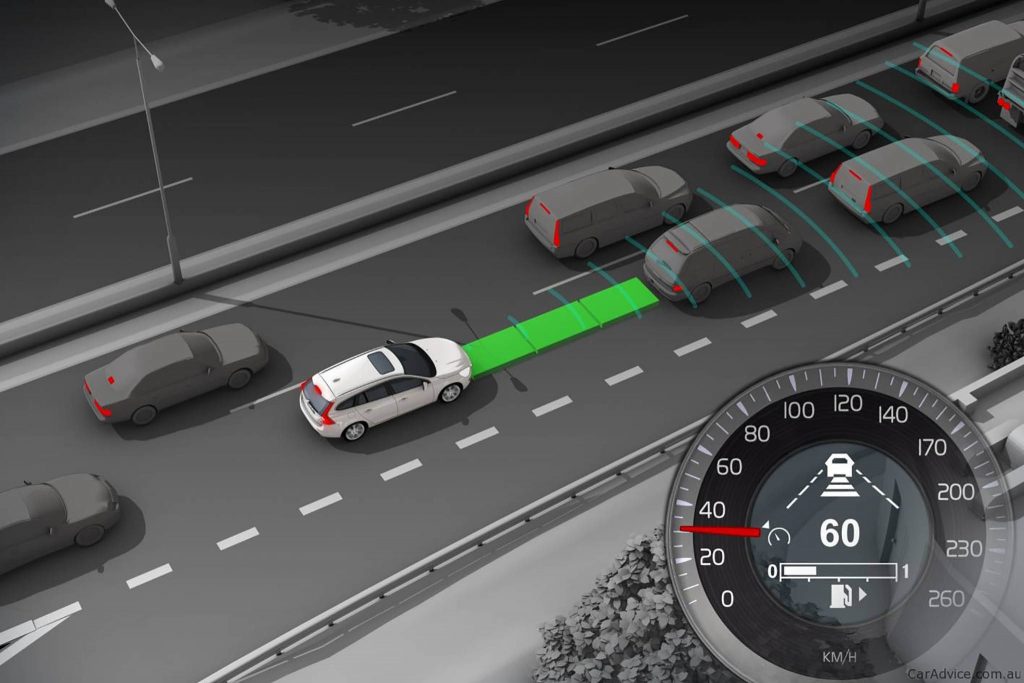The automotive industry is undergoing a significant transformation with the integration of advanced technologies. Modern vehicles are now equipped with sophisticated systems that offer enhanced safety, convenience, and connectivity. However, this increased connectivity also opens up new avenues for cybersecurity threats. Cybersecurity for cars has become a critical issue, as hackers target vulnerabilities in vehicle systems, potentially compromising the safety and privacy of drivers. This blog post explores the importance of cybersecurity in the automotive industry, the potential risks, and measures to safeguard against hacking attacks.
The Rise of Connected Vehicles
The advent of connected vehicles has revolutionized the driving experience. These vehicles are equipped with a range of sensors, software, and communication systems that enable features like navigation, entertainment, and remote diagnostics. They can communicate with other vehicles, infrastructure, and even the internet, forming an integral part of the Internet of Things (IoT). While these advancements offer numerous benefits, they also introduce new cybersecurity challenges.
Potential Risks and Threats
Connected vehicles are susceptible to various cybersecurity threats, which can have serious implications for both safety and privacy. Hackers can exploit vulnerabilities in the vehicle’s software to gain unauthorized access and control. Some of the potential risks include:
-
Remote Control Attacks: Hackers can take control of critical vehicle functions such as steering, braking, and acceleration, posing a direct threat to the safety of passengers.
-
Data Breaches: Connected vehicles collect and store vast amounts of data, including personal information and driving habits. A breach can lead to the theft of sensitive data.
-
Malware and Ransomware: Similar to computers, vehicles can be infected with malware or ransomware, potentially rendering them inoperable until a ransom is paid.
-
Vehicle Theft: Cybercriminals can exploit vulnerabilities to unlock and start vehicles remotely, making it easier to steal cars.
Importance of Automotive Cybersecurity
Ensuring the cybersecurity of vehicles is crucial for several reasons. Firstly, it directly impacts the safety of passengers. Any compromise in the vehicle’s control systems can lead to accidents and injuries. Secondly, protecting the privacy of drivers and passengers is essential, as connected vehicles handle sensitive personal information. Finally, maintaining consumer trust is vital for the automotive industry. Incidents of hacking can damage the reputation of manufacturers and affect their market position.
However, car removal presents a unique challenge. Modern vehicles are increasingly complex, with sophisticated computer systems. This makes secure data erasure during the car removal and recycling process essential. Reputable car removal services understand these concerns and take steps to ensure all data is wiped clean before the vehicle is dismantled or recycled. Learn more
Measures to Enhance Vehicle Cybersecurity
To safeguard against cybersecurity threats, it is essential to implement robust security measures throughout the lifecycle of the vehicle. Here are some key strategies:
-
Secure Software Development: Manufacturers should adopt secure coding practices and conduct thorough testing to identify and mitigate vulnerabilities in the software.
-
Regular Updates and Patches: Vehicles should receive regular software updates and patches to address newly discovered vulnerabilities. Over-the-air (OTA) updates can facilitate timely deployment without requiring a visit to the dealership.
-
Encryption and Authentication: Implementing strong encryption and authentication mechanisms can protect data transmission and prevent unauthorized access to the vehicle’s systems.
-
Intrusion Detection Systems: Incorporating intrusion detection systems can help identify and respond to suspicious activities in real-time, minimizing the impact of potential attacks.
-
Collaboration and Standards: Industry-wide collaboration and the establishment of cybersecurity standards can enhance the overall security of connected vehicles. Manufacturers, suppliers, and regulators must work together to develop and enforce these standards.
-
Consumer Awareness: Educating consumers about the importance of cybersecurity and safe practices can help mitigate risks. Drivers should be aware of the potential threats and take necessary precautions, such as regularly updating their vehicle’s software.
The Role of Government and Regulatory Bodies
Government and regulatory bodies play a crucial role in ensuring the cybersecurity of vehicles. They can establish guidelines and standards that manufacturers must adhere to, ensuring a baseline level of security. Additionally, regulatory bodies can mandate regular security audits and assessments to verify compliance. Governments can also promote research and development in automotive cybersecurity, fostering innovation and the development of new security technologies.
Future Trends in Automotive Cybersecurity
As technology continues to evolve, so do the threats and challenges associated with vehicle cybersecurity. Future trends may include the integration of artificial intelligence (AI) and machine learning (ML) to enhance threat detection and response capabilities. Blockchain technology could also be leveraged to secure communication and data exchange between vehicles and infrastructure. Furthermore, the development of quantum computing may introduce new encryption techniques, providing even stronger protection against cyberattacks. Also read
Conclusion
The increasing connectivity of modern vehicles brings numerous benefits but also introduces significant cybersecurity risks. Protecting vehicles from hacking attacks is essential to ensure the safety, privacy, and trust of consumers. By adopting robust security measures, collaborating across the industry, and promoting regulatory standards, the automotive sector can effectively guard against cyber threats. As technology continues to advance, continuous vigilance and innovation in cybersecurity will be paramount to safeguarding the future of connected vehicles.




